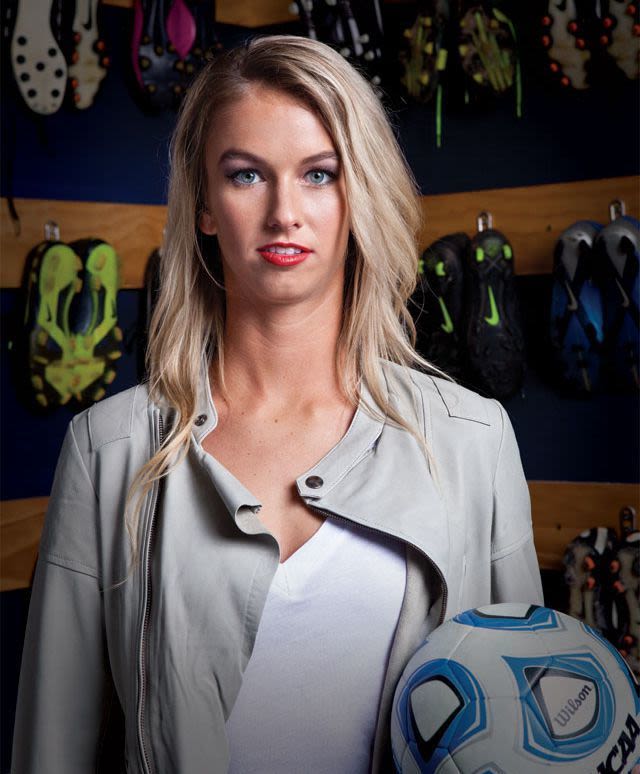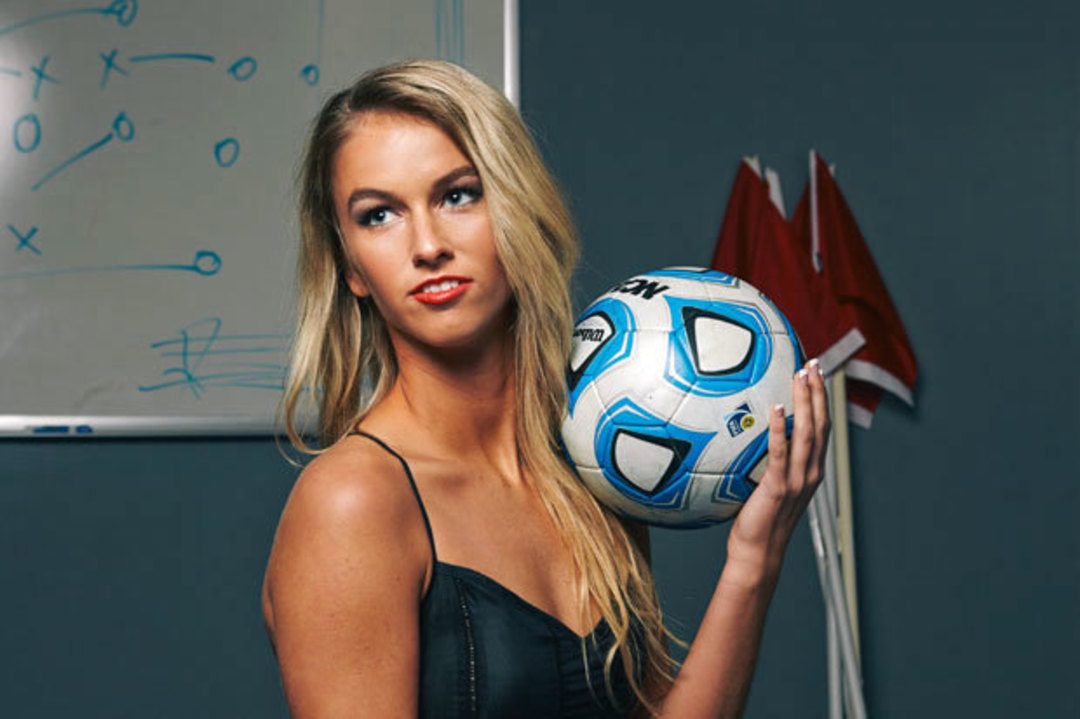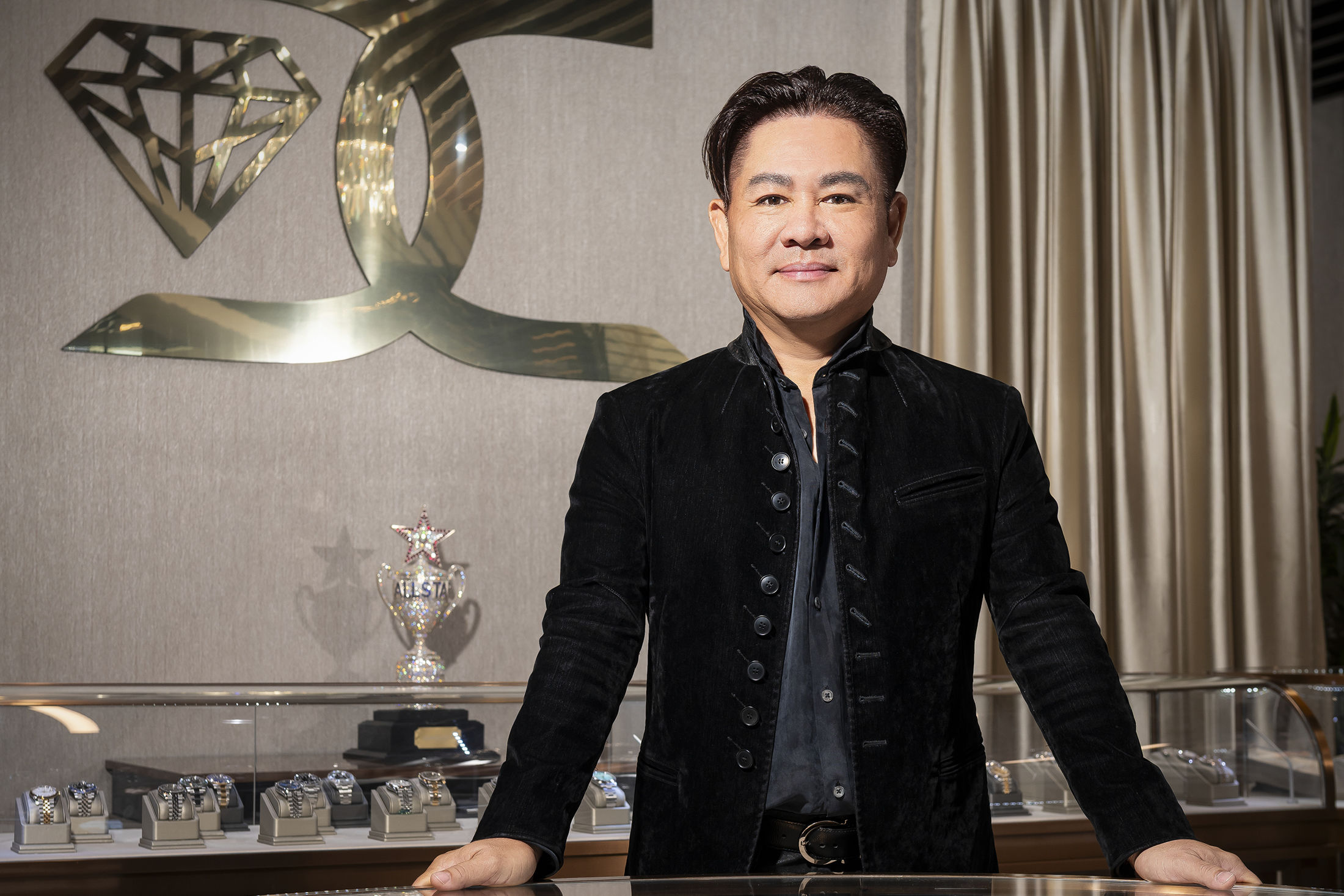What Makes a Successful Athlete Retire at the Age of 21?

Image: Micah Bickham
Britton Cartwright got her first concussion while playing soccer in the sixth grade. “Some girl shoved me, and I landed on my head, bounced, and hit it again.” Knocked out for ten seconds, she woke up with an excruciating headache, blurry vision, and dizziness. Still, “right after that, I finished the whole game and went to a track meet and ran a mile.”
All told, Cartwright, now a senior at Rice, received five sports-induced concussions before retiring from competitive athletics last year, at the age of 21 and on the advice of her doctor. Five diagnosed concussions, that is. She believes several more went undiagnosed.
Cartwright remembers the time her head hit the floor during a basketball game, making a cracking sound that could be heard throughout the gym and ensured a visit with the school trainer. There was the time a soccer player stepped on her face, leaving a cleat mark. (“That one hurt,” she confirms, but went untreated.) The time she blacked out after butting heads with an opposing player when both lunged for a soccer ball; that one was diagnosed. And on and on.
Cartwright herself doesn’t wince when recounting these mishaps, although she chuckles a bit when we do. After a lifetime spent sucking it up and shrugging it off, it seems, she has become professionally unfazed by such injuries.
Not so her body, however. In fact, these days Cartwright’s eyes are so sensitive to light, sunglasses are imperative. Periodically, she also gets debilitating migraines—although they’re down to only once a week these days. Also, her short-term memory is poor. Anything she needs to remember she puts into her phone or writes on a Post-It note and sticks to a mirror.
In short, Cartwright’s suffering from prolonged concussive symptoms. “It’s very difficult to predict what happens in post-concussion syndrome,” says her doctor, Kenneth Podell, co-director of the Houston Methodist Concussion Center, who exhorted her to quit the game. Some problems last a couple of months, some a couple of years, and some, says Podell, “could last a lifetime.”

“For Britton,” says her doctor, “nothing else mattered—her health, her migraines, coming off the field with a severe headache—none of that mattered, except [she] need to play soccer.”
Image: Micah Bickham
Cartwright has been a stand-out athlete from the moment she stepped on a soccer field as a toddler in Dallas, and has excelled at most every sport she’s tried, from basketball to cross-country. She distinguished herself throughout her elementary, middle and high school careers as midfielder and defender on the soccer field, playing for the Dallas Sting, a soccer club for young women, for the eight years leading up to college. Cartwright has those skills to thank for her scholarship to Rice, whose Division 1 women’s soccer team went to nationals last year.
But her athletic success was as much a function of mental as physical prowess. Even in her earliest years, Cartwright possessed the same crucial attitude shared by all top athletes: nothing mattered but winning. To her, injuries and pain were not warning signs from her body that limits had been exceeded, but obstacles one needed to meet and master—or, at least, ignore—on the way to victory. It’s not as if she didn’t know she’d been injured badly when her head slammed onto that basketball court, resulting in her second concussion. She knew it all right—and returned to the court anyway. “I didn’t want to let my teammates down,” she says. “I didn’t want to sit out. That’s boring.”
“For Britton,” says Podell, “nothing else mattered—her health, her migraines, coming off the field with a severe headache—none of that mattered, except I need to play soccer.”
Until recently, the medical establishment seemed to applaud and enable such dedication. After her sixth-grade concussion, Cartwright says, “I went to the doctor the next day. He told me to take two practices off, and I was playing again by the next weekend.”
Podell, who is also a member of the NCAA’s task force on concussions, says that widespread recognition of the dangers of concussions has only arrived recently. “There’s more awareness, more research coming out, more examples of players who’ve had significant problems.” A disproportionate number of those players have been women, it turns out.
“In the past seven years or so, a good amount of research has shown that the relative risk of concussions is greater in women than in men,” he says. Women have weaker neck strength than men and—interestingly—are more likely to play through pain.
That was certainly the case with Cartwright, who says she got very good at hiding symptoms over time. In college, when headaches struck, “I didn’t say anything, I just ignored them. I got so good at ignoring them, it was a numb pain I felt all the time.”
Still, after her latest concussion last year, Cartwright’s headaches began to intensify and her grades began to dip. It was no longer possible to ignore the situation. “I couldn’t play past the pain anymore,” she recalls, “so I had to say something.” It was then that Podell convinced her to quit soccer once and for all. It was the hardest decision of her life.
“My identity was gone,” she admits. “I completely lost it. It took me a while to come to terms with it.” She remains involved with sports, however, shadowing Rice soccer trainers and helping other players through rehab. Meanwhile, she’s majoring in sports management with a focus on sports medicine in hopes of becoming a nurse. And having recovered enough to exercise again, she’s taken solace in running. As to her chances of recovering from most of her symptoms, Podell says, “the most likely scenario is she will continue to improve over time.” Concerning her memory, “that may not improve,” he says. “She might be stuck with a memory that’s not as good as it used to be.”
If Cartwright has a daughter someday, will she let her play soccer? “That is a good question,” she replies. “I have been going back and forth on that. I would if that’s what she wanted to do, but I would take major precautions.”




